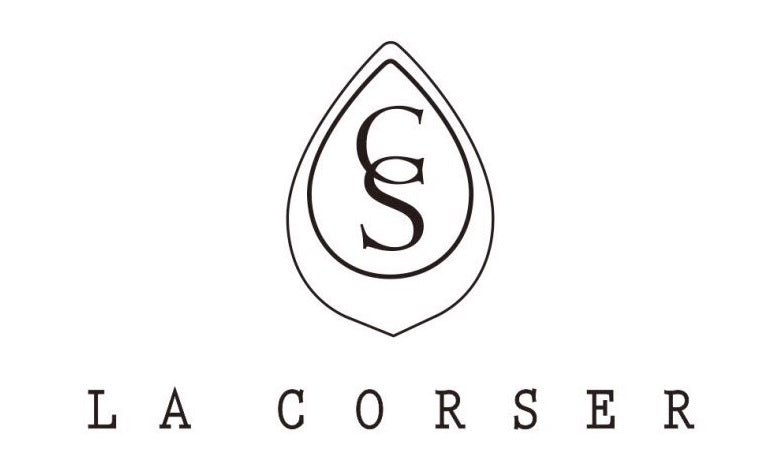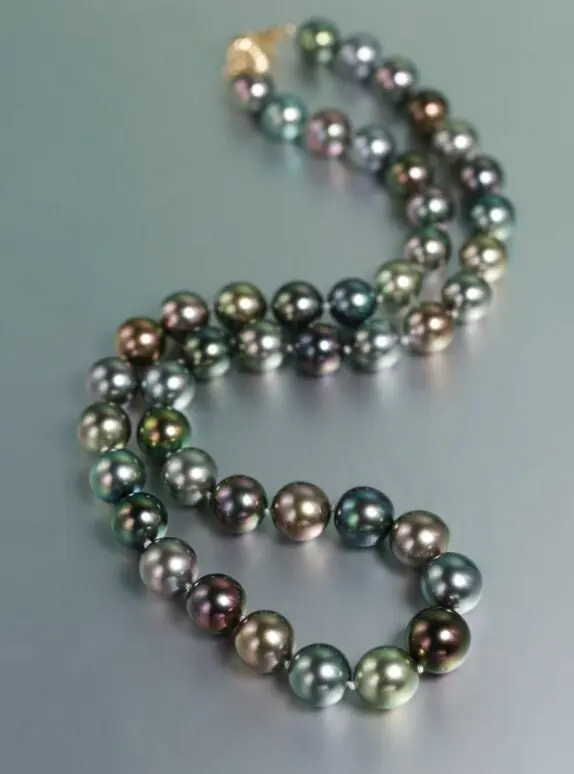When it comes to luxury jewelry, few gems rival the elegance of pearls. However, not all pearls are created equal. Understanding the difference between natural vs cultured pearls is essential for anyone looking to make an informed purchase. While both types are real pearls formed within oysters, their creation process, rarity, and market value can vary significantly. In this article, we'll explore the origins, characteristics, and distinctions that define natural Tahitian pearls versus cultured pearls, helping you decide which option suits your needs best.
Natural Pearl Formation Process
How Natural Pearls Are Created in the Wild
Natural pearls form entirely by chance in the wild without any human intervention. When a foreign object like a grain of sand or parasite enters an oyster, the mollusk begins coating the irritant with layers of nacre—a combination of conchiolin and aragonite. Over several years, these layers build up to form a pearl. This spontaneous process makes natural pearls extremely rare and highly valuable.
Only about 1 in 10,000 oysters will produce a natural pearl, and even fewer will yield one of gem-quality size and luster. Due to their scarcity, natural pearls have historically been prized possessions among royalty and collectors.
Rarity and Historical Significance
Because they occur naturally without cultivation, natural pearls have long been symbols of wealth and exclusivity. Before the advent of pearl farming, all pearls were natural, making them far more expensive than diamonds at times. Today, most natural pearls found on the market come from antique collections or historical auctions. Their unmatched beauty and rarity continue to command high prices, especially when they come with certification from gemological institutes.
Cultured Pearl Production
The Science Behind Cultured Pearls
Cultured pearls, while still organic and real, are grown through a controlled process involving human intervention. A skilled technician inserts a small bead or piece of mantle tissue into an oyster, triggering the same nacre-coating response seen in natural pearl formation. This technique was pioneered in the early 20th century by Kokichi Mikimoto, revolutionizing the pearl industry.
Modern pearl farming allows for greater consistency in size, shape, and color. Farmers monitor water conditions and oyster health closely to ensure optimal growth over a period of several months to years. The result is a beautiful, high-quality pearl that retains the same luster and structure as its natural counterpart.
Different Types of Cultured Pearls
- Akoya Pearls: Known for their roundness and brilliant luster, Akoya pearls are typically white or cream-colored and cultivated mainly in Japan and China.
- Tahitian Pearls: Often referred to as “black pearls,” Tahitian pearls range from dark green to charcoal and are grown in French Polynesia.
- South Sea Pearls: These are some of the largest and most luxurious pearls available, often white or golden in color and farmed in Australia, Indonesia, and the Philippines.
- Freshwater Pearls: Usually produced in mussels rather than oysters, freshwater pearls are more affordable and come in a wide variety of shapes and colors.
Key Differences Between Natural and Cultured Pearls
Formation and Origin
The most fundamental difference between natural vs cultured pearls lies in their origin. Natural pearls develop without human interference, while cultured pearls are the result of deliberate cultivation techniques. Both types begin with an irritant entering the oyster, but in cultured pearls, the irritant is introduced intentionally by farmers.
Appearance and Quality
Visually, it’s nearly impossible to distinguish between a natural and a cultured pearl without specialized equipment. However, natural pearls tend to be smaller and may have slightly thicker nacre layers. Cultured pearls often exhibit more uniformity in shape and color due to controlled growing conditions. High-quality cultured pearls can rival the beauty of natural ones, especially those graded by institutions like the GIA (Gemological Institute of America).
Value and Market Availability
Natural pearls are significantly rarer and therefore more expensive. Most fine natural pearls today are found in museums or private collections. Cultured pearls dominate the modern jewelry market, accounting for over 90% of all pearl sales. Their affordability and availability make them accessible to a broader audience without compromising on quality.
Identifying Natural vs Cultured Pearls
Professional Testing Methods
To accurately determine whether a pearl is natural or cultured, gemologists use X-ray imaging. This test reveals whether a nucleus (bead) is present inside the pearl—indicating it's cultured—or if it consists entirely of nacre, suggesting it’s natural. Many high-end pearl necklaces and earrings come with certificates verifying their origin.
Visual and Tactile Clues
While not foolproof, there are some visual and tactile indicators that may help identify the type of pearl. Natural pearls often feel slightly gritty when rubbed against teeth, whereas cultured pearls might feel smoother. Additionally, natural pearls tend to have more irregularities in shape and surface texture compared to the symmetrical perfection of many cultured varieties.
Choosing the Right Pearl for You
Factors to Consider When Buying Pearls
Your choice between natural and cultured pearls should depend on your budget, personal preferences, and intended use. If you're seeking a rare, investment-grade piece, natural pearls may be the ideal option. For everyday wear or gifting, high-quality cultured pearls offer exceptional beauty at a more accessible price point.
Consider factors such as size, color, luster, surface quality, and matching when selecting a pearl necklace or pair of earrings. Always buy from reputable sellers who provide grading reports and authenticity guarantees.
Where to Find Authentic Natural and Cultured Pearls
Reputable jewelers and online retailers offer certified natural and cultured pearls. Look for brands that provide transparency regarding sourcing and grading standards. One example is our collection of natural Tahitian black pearls, perfect for special occasions and meaningful gifts.
Conclusion
Understanding the differences between natural vs cultured pearls empowers you to make a confident and informed decision when purchasing pearl jewelry. Both types are genuine pearls with unique qualities and appeal. While natural pearls remain rare and highly valued, cultured pearls offer stunning alternatives that are more widely available and budget-friendly. Whether you choose natural or cultured pearls, investing in quality and authenticity ensures you’ll enjoy your pearls for generations to come.
Frequently Asked Questions (FAQ)
Are cultured pearls considered real pearls?
Yes, cultured pearls are real pearls. They are formed inside oysters just like natural pearls, but with human assistance. The only difference is the method of initiation, not the final product.
Do natural pearls last longer than cultured pearls?
Both natural and cultured pearls can last for centuries if cared for properly. The longevity of a pearl depends more on the thickness and quality of its nacre layer rather than its origin.
Which type of pearl is better for everyday wear?
Cultured pearls are generally more suitable for daily wear due to their availability in durable, matched sets and more affordable pricing. They also allow for consistent quality control during production.


Leave a comment